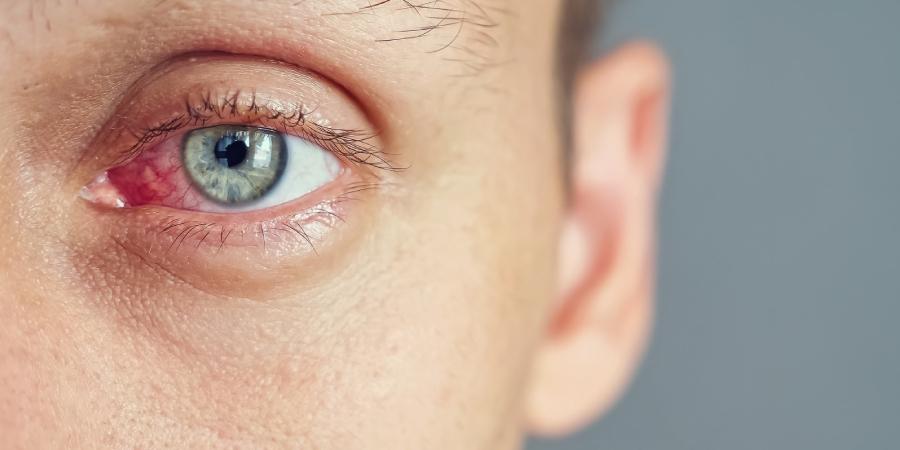Ophthalmologist-Approved Techniques to Manage Blepharitis

Blepharitis is a common but often frustrating eye condition that causes inflammation of the eyelids. It can lead to redness, irritation, flaking skin, and crusting around the eyelashes. Left unmanaged, it may even contribute to dry eye or blurred vision. Yet, with the right guidance and consistent care, the symptoms can be controlled effectively and comfortably.
Ophthalmologists understand that patients dealing with blepharitis often face chronic discomfort and recurring symptoms. That’s why early diagnosis and a structured care routine at a trusted ophthalmology clinic can make a meaningful difference. Here's a thoughtful look at techniques recommended by eye care specialists for safe and effective blepharitis treatment.
1. Start with Proper Lid Hygiene
-
Gentle, daily eyelid cleansing helps remove debris and excess oil.
-
Use a warm compress followed by diluted baby shampoo or sterile wipes.
-
Avoid rubbing your eyes; gentle pressure ensures safe cleaning without irritation.
2. Warm Compress Therapy
-
A warm compress loosens clogged oil glands and soothes inflammation.
-
Apply it for 5–10 minutes, twice a day, using a clean cloth or eye mask.
-
Always test the temperature to prevent skin burns, especially in sensitive patients.
3. Use Prescribed Eyelid Cleansers
-
Ophthalmologists often recommend medicated cleansers for deeper sanitation.
-
These reduce bacterial load and biofilm, key triggers in chronic blepharitis.
-
Never substitute these with homemade solutions unless advised by a specialist.
4. Antibiotic Ointments and Drops (When Needed)
-
In moderate to severe cases, topical antibiotics may be required.
-
They target the bacteria contributing to inflammation and lid crusting.
-
These are usually prescribed by an ophthalmology clinic after evaluation.
5. Artificial Tears to Soothe Dryness
-
Blepharitis often disrupts the tear film, causing dry or gritty eyes.
-
Preservative-free artificial tears help maintain moisture and comfort.
-
Use them regularly, even when symptoms seem to improve.
6. Avoid Eye Makeup During Flare-ups
-
Eyeliners and mascara can trap bacteria and worsen irritation.
-
Skip eye makeup during active blepharitis episodes.
-
Always replace old makeup products to prevent bacterial contamination.
7. Nutritional Support and Omega-3 Supplements
-
Omega-3 fatty acids have anti-inflammatory properties that benefit the eyelids.
-
Include flaxseed, walnuts, and oily fish in your diet or consider supplements.
-
Speak to your eye doctor before starting any new supplements.
8. In-Clinic Lid Debridement or Microblepharoexfoliation
-
Some ophthalmology clinics offer in-office procedures to clean the lid margins.
-
These advanced treatments remove hardened biofilm and dead skin cells.
-
They’re typically performed in cases of recurring or treatment-resistant blepharitis.
9. Manage Underlying Skin Conditions
-
Skin issues like rosacea or seborrheic dermatitis may worsen blepharitis.
-
A coordinated treatment plan from both dermatology and ophthalmology helps.
-
Keeping skin clean and moisturized plays a supportive role in healing.
10. Stay Committed to Long-Term Care
-
Blepharitis is usually a chronic condition that requires continuous care.
-
Skipping routines often leads to flare-ups and uncomfortable symptoms.
-
Maintaining consistency in treatment is crucial for lasting relief.
Understanding When to Visit an Ophthalmology Clinic
Sometimes, home care alone isn't enough. If you're noticing any of the following signs, it may be time to seek professional help:
-
Persistent redness or swelling of the eyelids.
-
Vision changes like blurriness or light sensitivity.
-
Crusting that does not improve with home care.
-
Recurrent styes or chalazion formation.
A skilled ophthalmology clinic can perform a detailed eye examination to rule out other conditions and suggest a customized blepharitis treatment plan tailored to your specific needs.
What Makes a Good Eye Hospital for Blepharitis Treatment?
When choosing where to go for care, consider the following:
-
Availability of advanced diagnostic tools like meibography or tear film analysis.
-
A team of specialists including cornea and eyelid experts.
-
Safe, hygienic, and patient-centered environments.
-
Proven experience in handling chronic eye conditions with compassion.
Your eyes deserve attention from trained professionals who can offer both immediate relief and long-term solutions. Eye conditions like blepharitis may not seem serious at first, but their chronic nature requires skilled care and close follow-up.
Gentle Care, Clear Vision: A Path to Comfort
Living with blepharitis doesn’t have to mean daily discomfort. With the support of a reputable ophthalmology clinic, the right combination of hygiene, clinical treatment, and preventive strategies can offer genuine relief.
At every stage, it’s about listening to your eyes — and taking the right steps, whether at home or with a trusted eye care provider. A dedicated treatment plan, personalized to your symptoms, can improve not just eye health but overall quality of life.
Conclusion:
When it comes to managing blepharitis, consistent care from experienced professionals makes all the difference. For patients seeking advanced blepharitis treatment in a facility that values both clinical excellence and personal comfort, Maxi Vision Eye Hospital stands as a beacon of hope.
As a super speciality eye hospital, Maxi Vision combines medical expertise with cutting-edge technology and a team of caring specialists. From everyday discomfort to complex eye concerns, every patient is treated with precision, empathy, and long-term vision health in mind.








